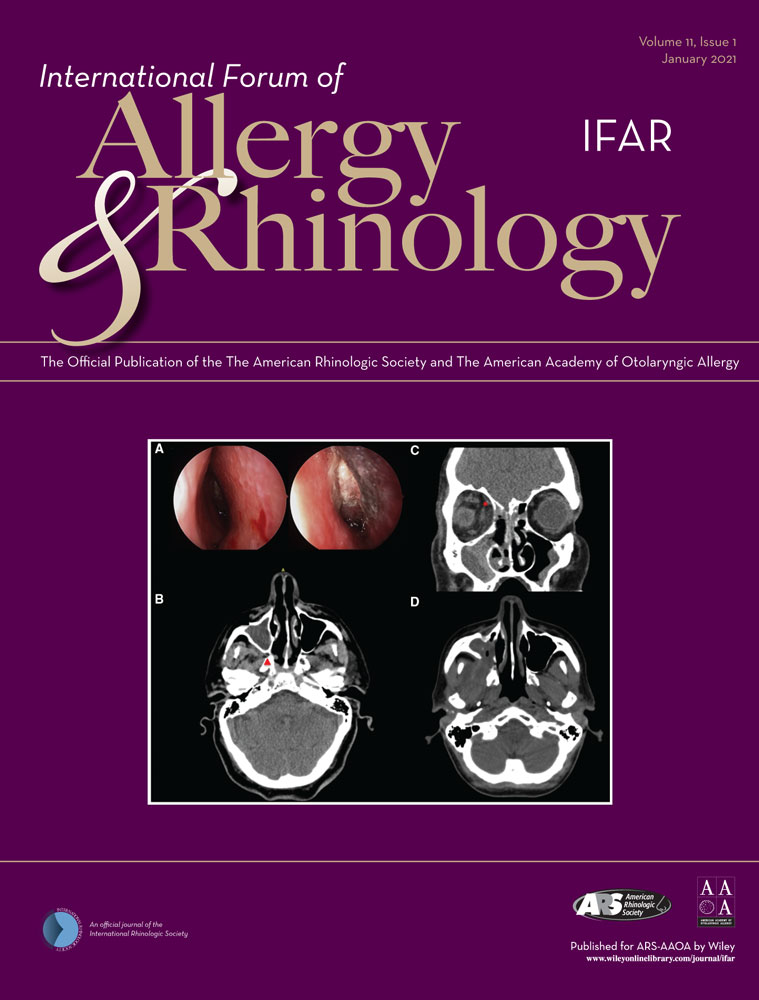Comparison of bacterial maxillary sinus cultures between odontogenic sinusitis and chronic rhinosinusitis
Potential conflict of interest: J.R.C. is a consultant for Optinose USA, Inc.
Abstract
Background
Bacterial odontogenic sinusitis (ODS) is distinct from other forms of rhinosinusitis. Diagnosing ODS can be challenging because of nonspecific clinical presentations and underrepresentation in the literature. The purpose of this study was to compare maxillary sinus bacterial cultures between patients with ODS and chronic rhinosinusitis (CRS), to determine whether certain bacteria are associated with ODS.
Methods
This was a retrospective case-control study of 276 consecutive patients from August 2015 to August 2019 who underwent endoscopic sinus surgery (ESS) for bacterial ODS, CRS without nasal polyps (CRSsNP), or CRS with nasal polyps (CRSwNP). When present, pus was sterilely cultured from maxillary sinuses after maxillary antrostomy, and aerobic and anaerobic cultures were immediately sent for processing. Demographics and culture results were compared between ODS and CRS patients, and then separately between ODS and CRSsNP, and ODS and CRSwNP. ODS culture results were also compared between different dental pathologies (endodontic vs oroantral fistula).
Results
The following bacteria were significantly more likely in ODS compared to CRS: mixed anaerobes, Fusobacterium spp., Eikenella corrodens, Streptococcus intermedius, Streptococcus anginosus, and Streptococcus constellatus. Staphylococcus aureus and Pseudomonas aeruginosa were inversely related to ODS. There were no significant differences in cultures between the different dental pathologies.
Conclusion
Certain bacteria were more likely to be associated with ODS compared to CRS when purulence was cultured from the maxillary sinus. Physicians should evaluate for an odontogenic source of sinusitis when these ODS-associated bacteria are identified in maxillary sinus cultures.




